What is a Cover Letter and Why is it Important
A cover letter is a crucial document that accompanies your resume when applying for a teaching position. It serves as your first introduction to the hiring committee, providing an opportunity to showcase your personality, skills, and qualifications beyond what’s listed in your resume. A well-crafted cover letter can significantly increase your chances of landing an interview, as it allows you to make a strong first impression and demonstrate why you are the ideal candidate. It also allows you to personalize your application, making you stand out from other applicants.
Key Components of a New Teacher Cover Letter
A strong cover letter for a new teacher typically includes several key components. These include a clear header with your contact information, a professional greeting, a compelling opening paragraph that grabs the reader’s attention, and paragraphs that highlight your relevant skills, experiences, and educational background. You should also demonstrate your passion for teaching, quantify your achievements where possible, tailor your letter to the specific job description, and include a strong closing paragraph with a clear call to action. Formatting, proofreading, and attention to detail are also very important.
Header Information and Contact Details
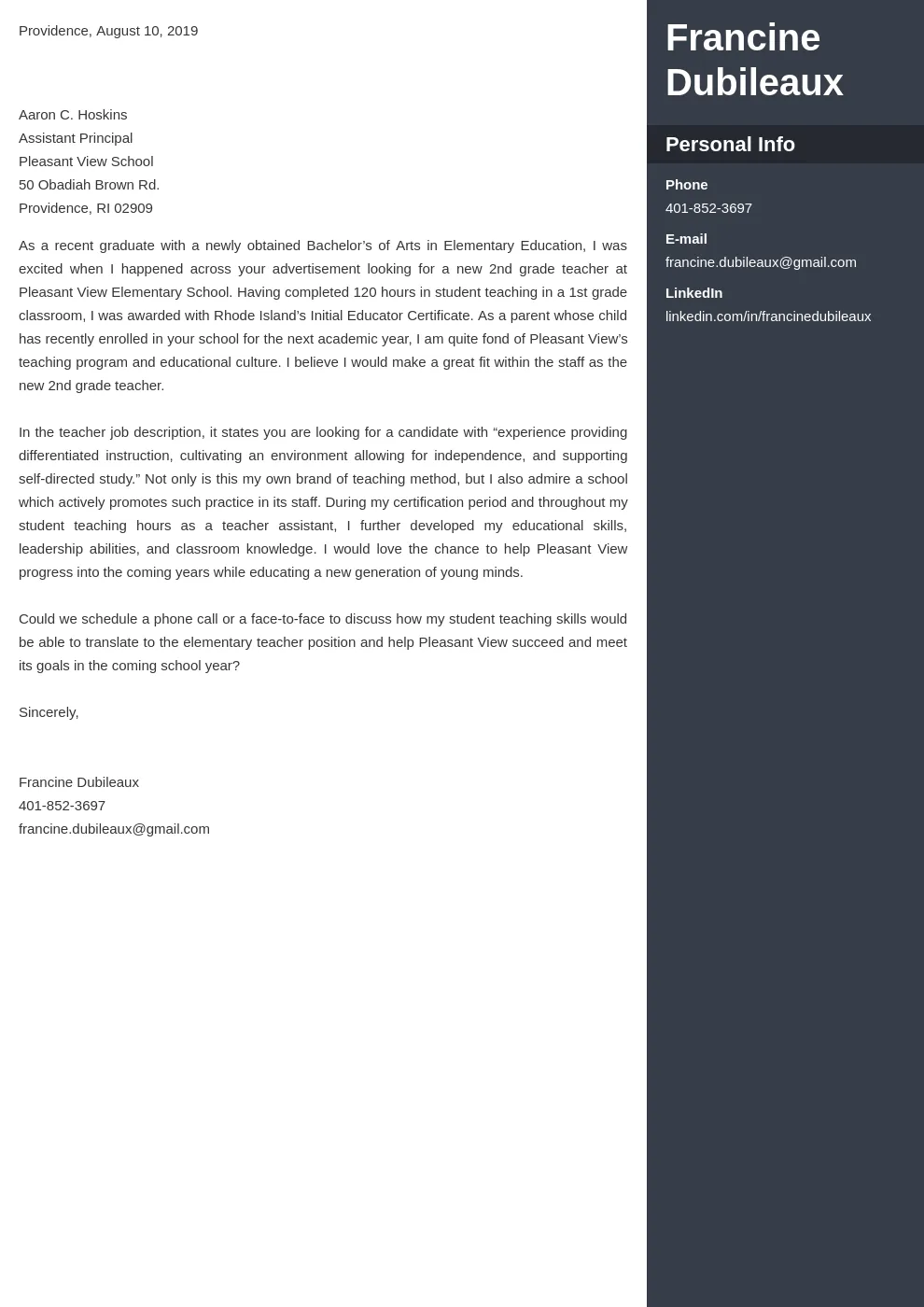
Begin your cover letter with a professional header. This should include your full name, phone number, email address, and optionally, your LinkedIn profile URL. Ensure that your contact information is accurate and up-to-date. It should be easy for the hiring manager to reach you. The header is usually aligned to the left or center of the page and should have a clean, professional look. This section sets the tone for the entire letter.
Greeting and Addressing the Hiring Manager
Always address the hiring manager by name if possible. Research the school or district to find out the name of the principal or the person responsible for hiring. Addressing the letter to a specific person demonstrates that you have taken the time to research the position and shows your genuine interest. Avoid generic greetings like ‘To Whom It May Concern’. If you cannot find a name, use a professional greeting like ‘Dear Hiring Committee’ or ‘Dear [School Name] Principal’.
Crafting a Compelling Opening Paragraph
The opening paragraph is your opportunity to make a strong first impression. Start with a hook that grabs the reader’s attention. State the specific position you are applying for and how you learned about the opportunity. Briefly mention your key qualifications or a unique aspect of your background that makes you a great fit. This is where you can showcase your enthusiasm and make the hiring manager want to read more. Be concise and enthusiastic.
Highlighting Your Relevant Skills and Experiences

In the body of your cover letter, highlight the skills and experiences that are most relevant to the teaching position. Refer to the job description and identify the key requirements. Provide specific examples of how you have demonstrated these skills in the past. Use the STAR method (Situation, Task, Action, Result) to structure your examples. For instance, describe a situation you faced, the task you were assigned, the action you took, and the positive result you achieved. Focus on skills such as classroom management, lesson planning, student engagement, and communication.
Showcasing Your Education and Certifications
Clearly state your educational background, including the name of your university, your degree, and your major. Mention any relevant certifications, such as teaching licenses or endorsements. If you have any specializations or areas of expertise, make sure to highlight them. Emphasize any coursework or training that aligns with the job requirements. You might also briefly touch on any student teaching experience you have had and the grade levels you worked with.
Demonstrating Your Passion for Teaching
Show the hiring manager that you are passionate about teaching. Describe what motivates you to teach and what you love about working with students. Share your teaching philosophy and your approach to creating a positive and engaging learning environment. Express your commitment to student success and your belief in the importance of education. Mention your enthusiasm for the specific school or district and what attracts you to their mission or values. This will help you stand out.
Quantifying Your Achievements and Impact
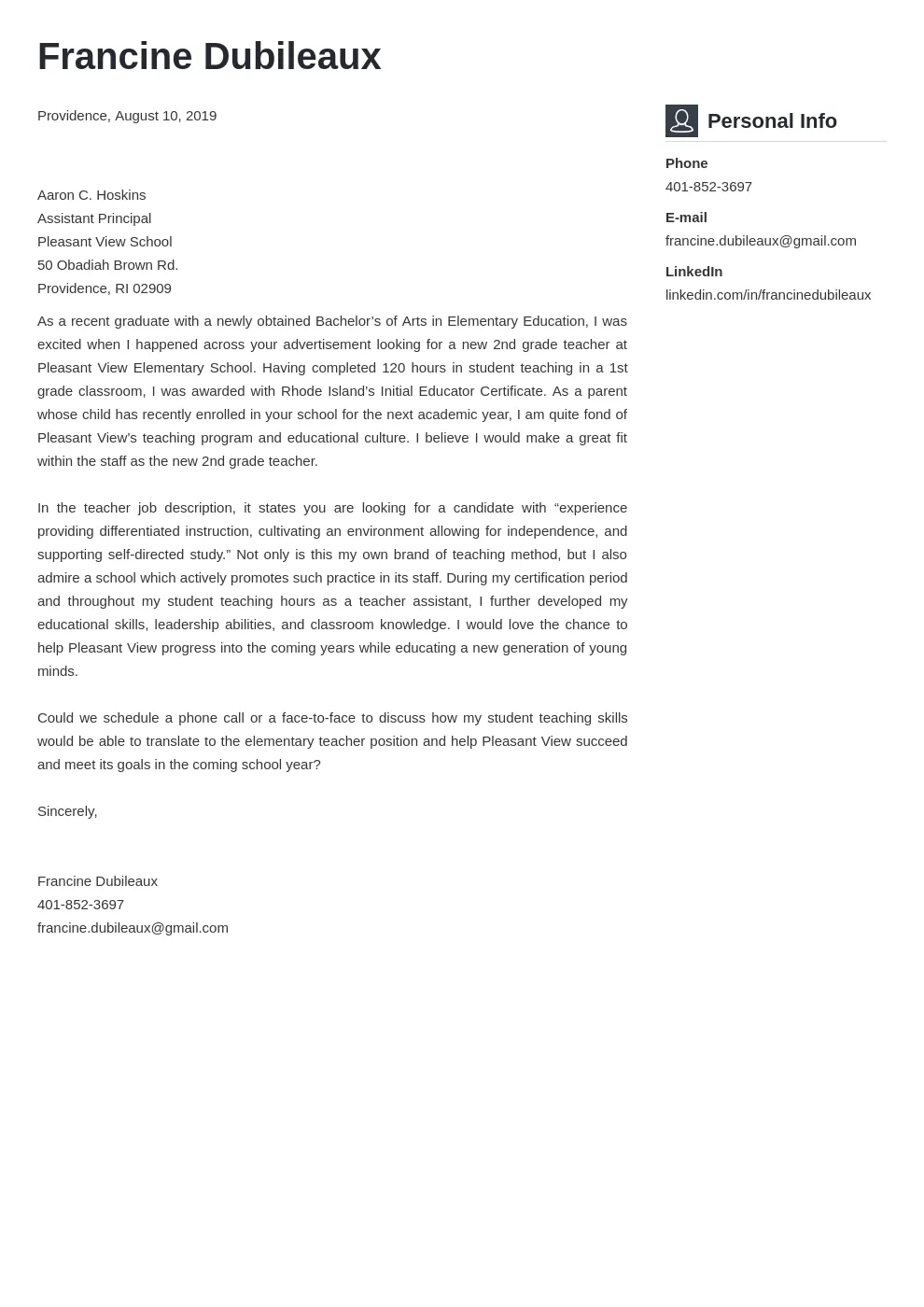
Whenever possible, quantify your achievements. Use numbers and data to demonstrate your impact. For example, instead of saying ‘I improved student test scores’, say ‘I improved student test scores by 15%’. Mention any awards or recognition you have received. If you’ve implemented successful classroom strategies, provide data on their effectiveness. Highlighting measurable results will make your cover letter more impactful and demonstrate your ability to achieve results.
Tailoring Your Cover Letter to the Specific Job
Customize your cover letter for each job application. Don’t send a generic letter to multiple schools or districts. Carefully read the job description and identify the specific requirements and preferences. Tailor your letter to address those requirements, highlighting the skills and experiences that align with the position. Research the school’s mission, values, and programs, and mention how your skills and experience align with their goals. This shows that you have a genuine interest in the specific school.
Closing Paragraph and Call to Action
In your closing paragraph, reiterate your interest in the position and thank the hiring manager for their time and consideration. Include a call to action, such as stating your availability for an interview and expressing your eagerness to discuss your qualifications further. Restate your contact information and use a professional closing, such as ‘Sincerely’ or ‘Best regards’. Ensure that your closing is polite and professional, leaving a positive lasting impression.
Formatting and Proofreading Your Cover Letter
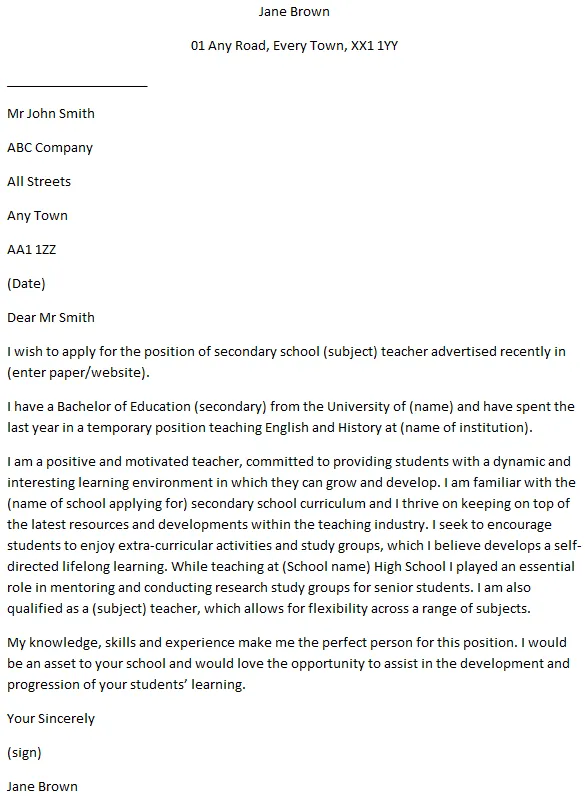
Pay close attention to the formatting of your cover letter. Use a professional font like Times New Roman, Arial, or Calibri, with a font size between 10 and 12 points. Use single-spacing within paragraphs and double-spacing between paragraphs. Keep the letter concise and easy to read, ideally one page in length. Proofread your cover letter carefully for any grammatical errors, spelling mistakes, or typos. Have someone else review your letter as well to catch any errors you might have missed. A polished and error-free cover letter demonstrates your attention to detail.
Examples of Effective Cover Letters for New Teachers
Review example cover letters to gain a better understanding of the format and content. There are many templates and examples available online tailored to new teachers. These examples can provide a helpful guide to structure your own cover letter and provide inspiration for what to include. When reviewing examples, pay attention to the language used, the tone, and how the applicant highlights their skills and experiences. Use these examples as a starting point, but always personalize your letter to reflect your unique qualifications.
Example 1 Cover Letter for Elementary Teacher
This section would contain a specific example tailored to an elementary school teaching position. It would highlight the applicant’s experience with elementary-aged children, their knowledge of curriculum standards, and their ability to create engaging lessons for young learners. Key skills that would be mentioned include classroom management, differentiated instruction, and communication with parents.
Example 2 Cover Letter for Secondary Teacher
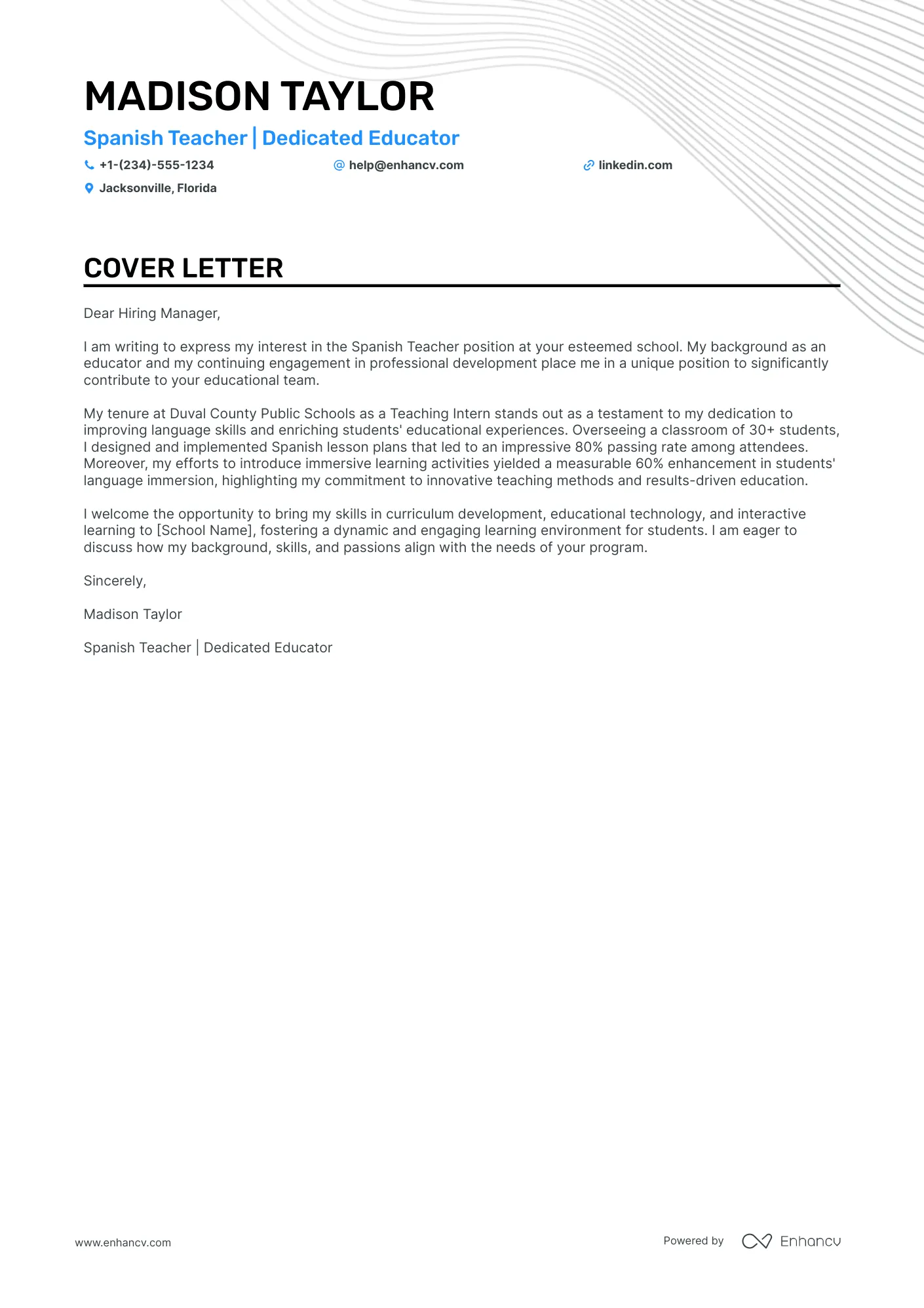
This section would provide an example tailored to a secondary school teaching position. It would showcase the applicant’s experience with older students, their subject matter expertise, and their ability to deliver engaging and challenging lessons. Highlighted skills could include critical thinking, assessment techniques, and classroom technology integration. The focus would be on subject-specific knowledge.
Example 3 Cover Letter for Special Education Teacher
This section would feature a cover letter example tailored for a special education teaching position. It would highlight the applicant’s knowledge of special education laws and best practices, their experience working with students with diverse needs, and their ability to create inclusive learning environments. Key skills to emphasize would be IEP development, collaboration with other professionals, and differentiated instruction strategies for students with special needs.
Common Mistakes to Avoid in Your Cover Letter
Avoid making common mistakes that can undermine your application. These include generic cover letters that are not tailored to the specific job, spelling and grammatical errors, using overly formal or casual language, and focusing only on your responsibilities rather than your achievements. Other mistakes to avoid are not providing specific examples, neglecting to proofread, and failing to address the hiring manager by name. These errors can make your application appear careless and decrease your chances of getting an interview.
Cover Letter Best Practices and Tips for Success
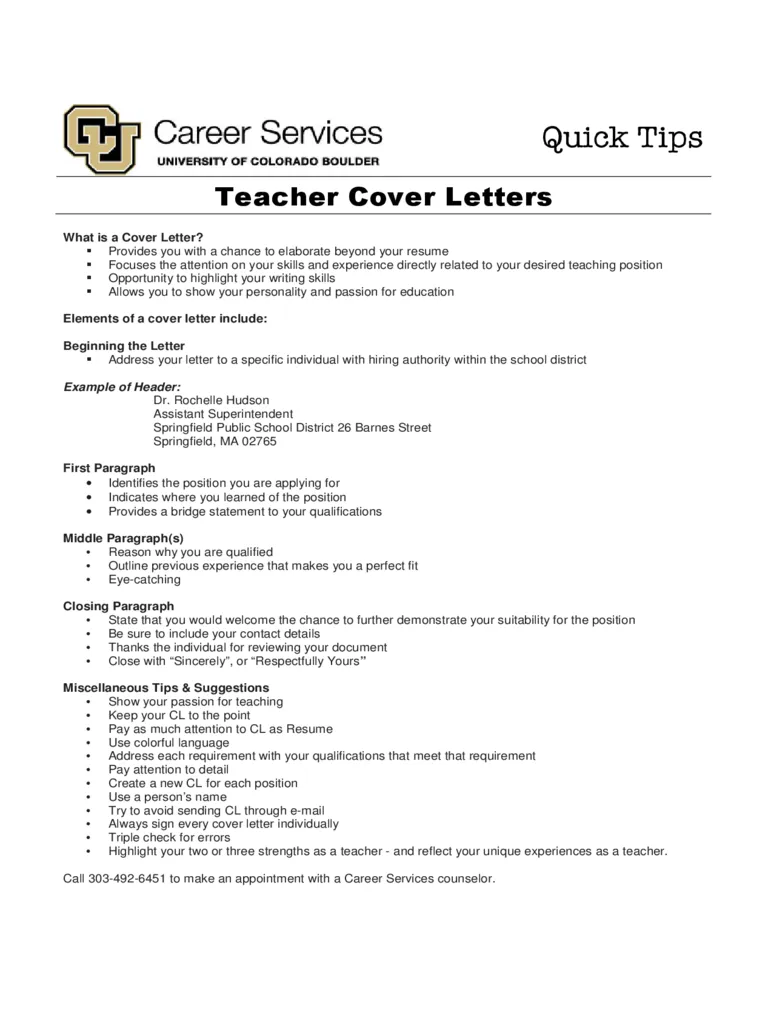
Follow these best practices to improve your cover letter and increase your chances of success. Tailor your letter to each job application, highlight your relevant skills and experiences, quantify your achievements whenever possible, and demonstrate your passion for teaching. Proofread carefully, use a professional tone, and make sure your letter is well-formatted and easy to read. Research the school or district, and address the hiring manager by name. Seeking feedback from career advisors or experienced teachers can be helpful in crafting a winning cover letter.
Resources and Further Reading for New Teachers
Explore additional resources to enhance your job application and career prospects. Websites like Indeed, LinkedIn, and Glassdoor offer numerous articles and templates for cover letters and resumes. Education-specific job boards and career centers can provide valuable insights and application assistance. Professional organizations like the National Education Association (NEA) and the Association for Supervision and Curriculum Development (ASCD) offer resources and professional development opportunities for teachers. Attend job fairs, network with other educators, and seek advice from mentors to improve your chances of landing your first teaching job.
